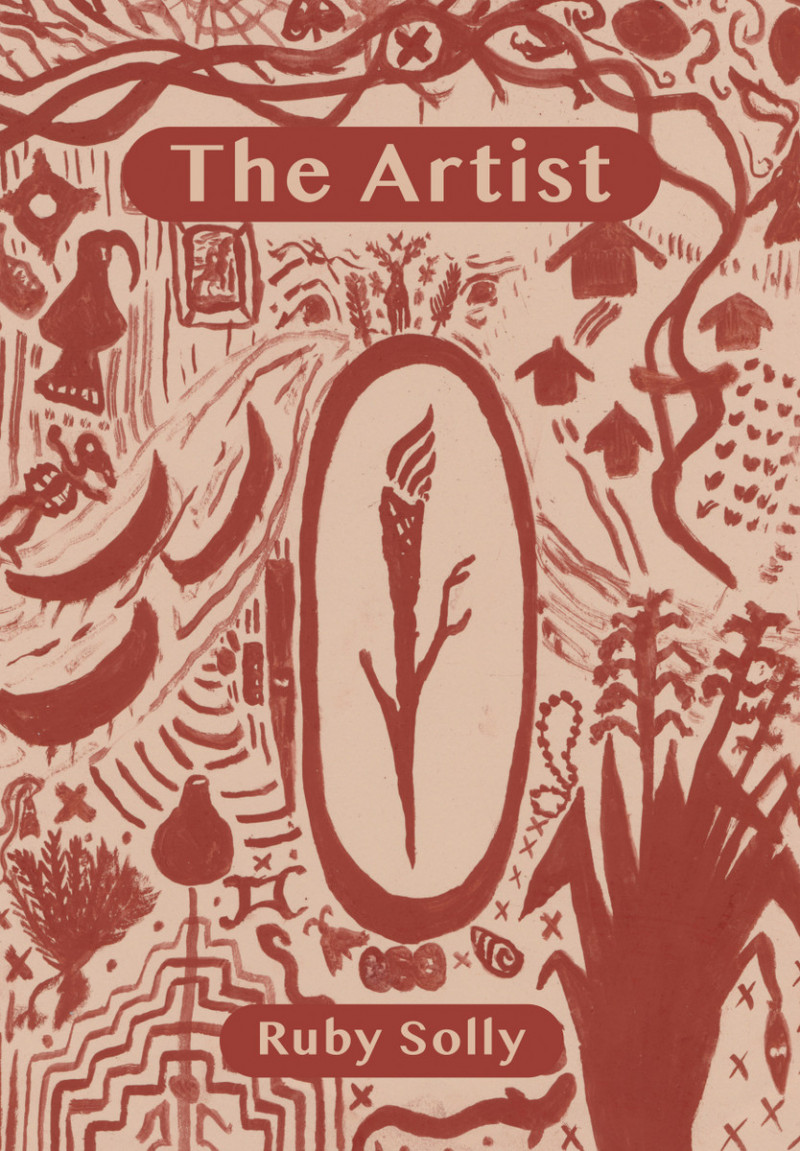The Artist
Written by: Ruby Solly
Te Herenga Waka University Press
Reviewed by: Margaret Austin
It’s not often I need a dictionary on hand when writing a review, but I did in the case of The Artist. The dictionary is a Māori-English one, and my knowledge of te reo has increased markedly due to a perusal of Ruby Solly’s verse novel.
It’s a work of fiction, explains the author, and it’s based on the history of the iwi who have shaped her being. Indeed, the word “being” is central to this work, occurring in evocative phrases like “A world is sung into being” at the outset.
The natural world is incorporated here, with rivers, sand, and wind as much characters in the story as humans. The artist of the title emerges as a kind of painter of dreams, somehow connected to “the ache of potential”, another recurring theme.
Predictably perhaps, the advent of Pākehā into the Māori world provokes such stark images as “There is talk of stolen stone / of moko slipping from the face” and “we possess a pile of kūmara / as well as a pile of bodies”.
The story really gets under way when Hana (a Southern woman) meets Matiu (a Southern man). Hana’s subsequent pregnancy and experience of childbirth are dramatically described, and twins are born. But the family, relegated to the back of the pa, fail to gain acceptance from their own people and must forge their own fates.
The second half of this verse novel continues the story with the natural world and that of the dreams, ambitions, and experiences of the characters firmly intertwined. In Carving, Matiu the father introduces stones to Reremai his son. “Reremai cradles the stone – a field of potential, with the form of a wāhine swirling towards them”. And the artist’s signature appears again in Discovery, in the form of a fresh moko on Kiki’s skin.
Reading The Artist resembles walking through a forest: dreaming, wondering, sometimes suffering, touching, and being touched. Its writing is a tribute to its author just as much as to the iwi she celebrates.
View more reviews:
« Click here


